The art of truly seeing a landscape often depends not on how far you travel within it, but on how deeply you observe its details. With just a quality pair of binoculars, certain destinations transform from scenic views into immersive experiences—revealing hidden dramas, distant textures, and wildlife behaviors invisible in plain sight. These locations reward the patient observer who comes equipped with nothing more elaborate than good optics and a willingness to slow down and truly notice.
Here is a list of 15 destinations where a pair of binoculars unlocks extraordinary experiences that many travelers miss entirely.
Maasai Mara National Reserve
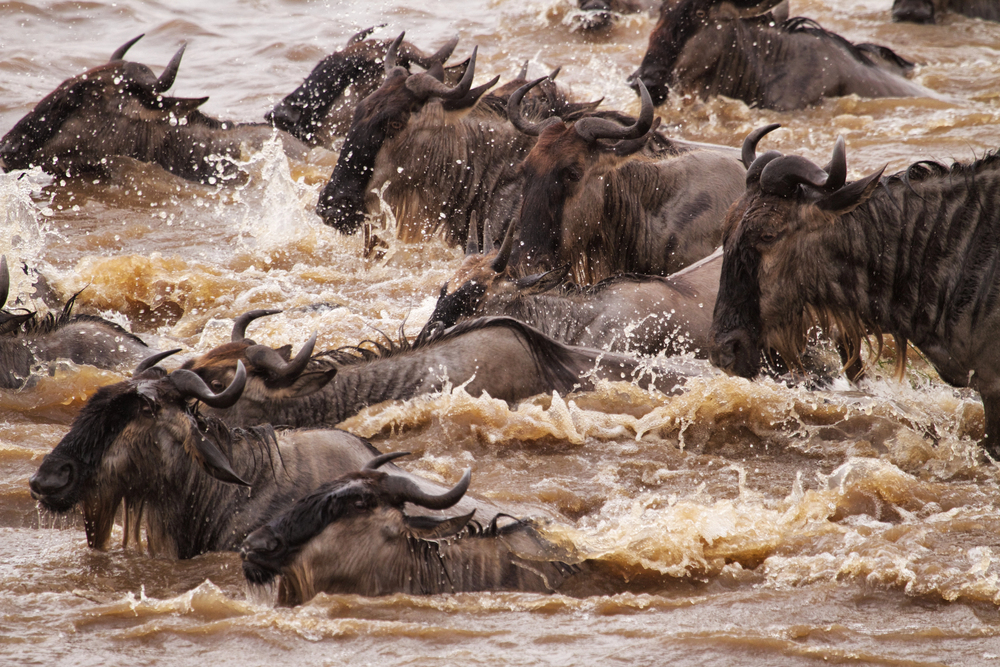
Kenya’s legendary wildlife sanctuary presents endless observation opportunities across its expansive grasslands. The reserve’s renowned river crossings during migration season become even more dramatic through binoculars, revealing individual wildebeest expressions as they contemplate the crocodile-filled waters.
Patient scanning of distant acacia trees often reveals lounging leopards that remain invisible to other visitors. The reserve’s exceptional bird diversity includes vividly colored rollers and bee-eaters that display spectacular details when viewed through quality optics.
Glacier Bay National Park

Alaska’s coastal wilderness showcases active glacial processes alongside abundant marine wildlife, creating a binocular-worthy spectacle from boat or shore. Harbor seals with distinctly patterned coats rest on floating ice chunks while bald eagles perch on nearby spruce trees scanning for fishing opportunities.
The glaciers themselves reveal fascinating details through binoculars—from blue ice caves to active calving faces where new icebergs form. Mountain goats appear as tiny white dots to the unaided eye but transform into observable individuals with distinct behaviors when magnified.
Like Travel Pug’s content? Follow us on MSN.
Uyuni Salt Flats
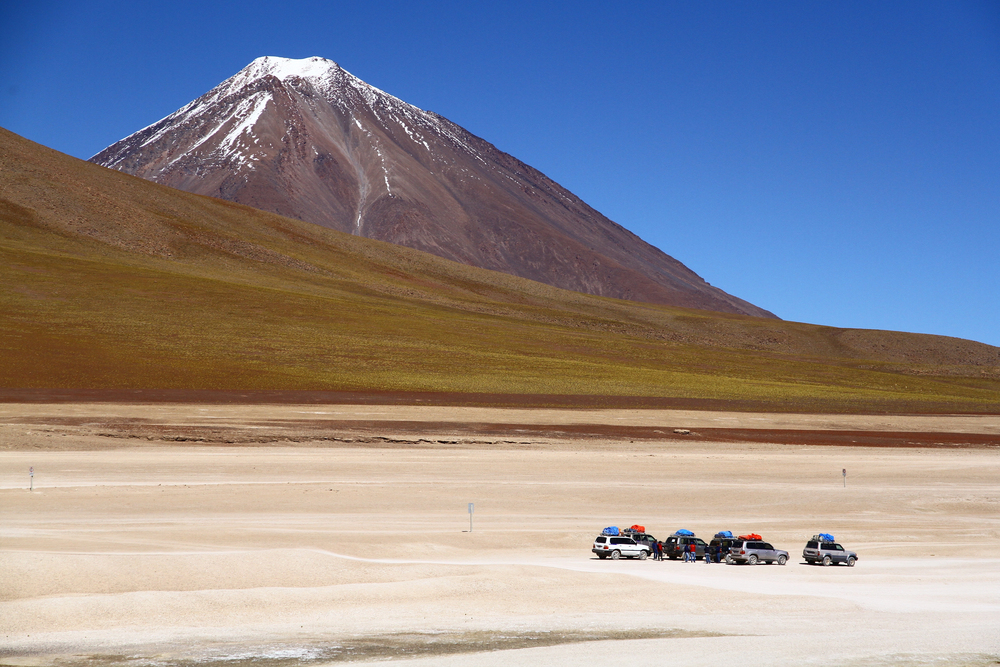
Bolivia’s surreal landscape creates unique optical conditions where distant objects appear suspended in space, especially during the rainy season when thin water covers the salt. Flamingos feeding several miles away become observable through binoculars, their pink reflections perfectly mirrored in the glassy surface.
The surrounding volcanoes reveal geological features and snow patterns invisible at distance without magnification. During dry months, the hexagonal salt patterns extend toward the horizon, creating geometric perspectives that binoculars transform into fascinating studies of natural crystallization.
Cape May Point
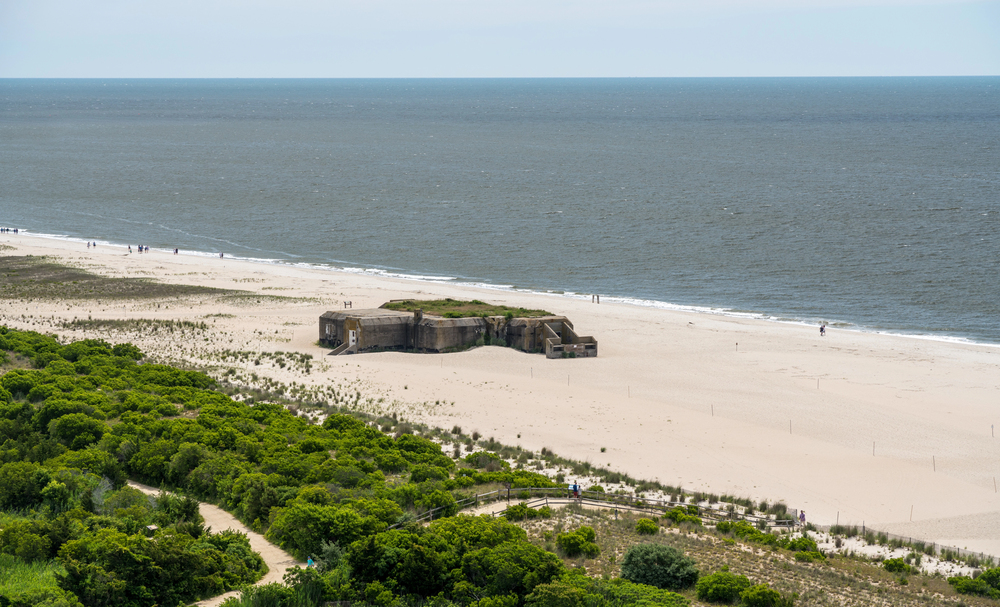
This New Jersey peninsula hosts one of North America’s greatest bird migration spectacles, with hundreds of species passing through seasonally. From the dedicated hawkwatch platform, observers with binoculars can identify distant raptors by subtle wing shapes and flight patterns invisible to the unaided eye.
Shorebirds feeding along the beaches reveal distinct foraging behaviors and plumage details that help distinguish between similar-looking species. The peninsula’s position as a natural funnel concentrates wildlife, making it possible to observe dozens of species from a single viewing location.
Bryce Canyon National Park
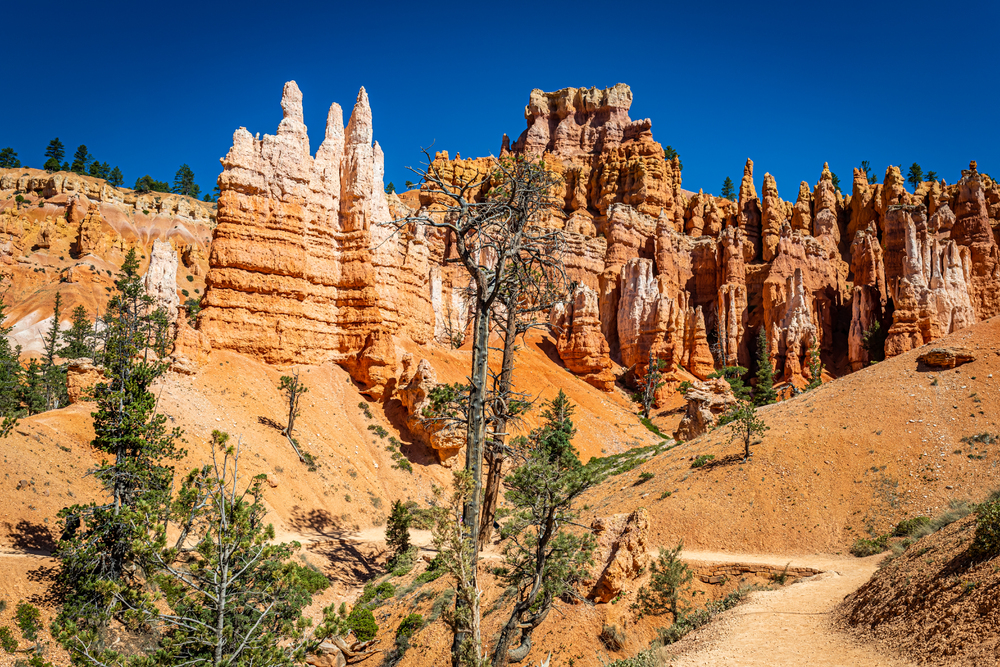
Utah’s spectacular hoodoo formations change dramatically with viewing distance and angle, making binoculars essential for appreciating the landscape’s full complexity. The layered red, orange, and white rock spires reveal subtle erosion patterns and geological features that explain their fantastic shapes when viewed up close.
Ravens and white-throated swifts navigate the air currents between formations, displaying aerial acrobatics best appreciated through magnification. Early morning or late afternoon light creates shadow patterns across the amphitheater that binoculars transform into studies of natural geometry and color.
Like Travel Pug’s content? Follow us on MSN.
The Cliffs of Moher

Rising dramatically from the Atlantic along Ireland’s western coast, these famous cliffs host thousands of seabirds that appear as mere specks without optical assistance. Guillemots and razorbills crowd narrow ledges during breeding season, their territorial disputes and courtship behaviors creating constant activity visible only through magnification.
Atlantic puffins with their distinctive colorful bills carry fish back to nesting burrows, becoming memorable characters rather than distant dots when properly observed. The cliff faces themselves reveal geological layers and weathering patterns that tell the story of their formation over millions of years.
Yellowstone’s Lamar Valley

Often called “America’s Serengeti,” this broad river valley represents North America’s premier wildlife viewing destination, with binoculars unlocking its full potential. Wolf packs that appear as distant moving shapes transform into observable individuals with distinct colorations and social behaviors when magnified.
Grizzly bears digging for roots or hunting ground squirrels reveal fascinating foraging techniques visible only through quality optics. The valley’s wide-open spaces allow observers to track wildlife movements across miles of habitat, connecting behaviors to landscape features in ways impossible without magnification.
Stellenbosch Whale Coast

South Africa’s premier whale-watching region allows land-based observation of southern right whales that come remarkably close to shore during breeding season. Binoculars reveal these massive creatures’ distinctive callosities—white growths on their heads that serve as individual identification markers for researchers.
Behaviors such as breaching, spy-hopping, and tail-slapping become dramatically more impressive when facial expressions and water patterns are visible through magnification. The coastal path connecting viewing points allows observers to follow individual whales as they move along the shoreline throughout the day.
Like Travel Pug’s content? Follow us on MSN.
Lake Nakuru National Park

Kenya’s alkaline lake draws immense flocks of flamingos that transform its shores into living pink carpets visible from considerable distances. Through binoculars, these masses resolve into individuals exhibiting feeding behaviors where they filter the lake’s algae-rich waters with specialized bills.
The surrounding acacia woodland hosts white rhinos, giraffes, and numerous antelope species that reveal distinctive characteristics when properly observed through magnification. The elevated viewpoints around the lake create perfect observation platforms where visitors can spend hours studying wildlife interactions invisible to casual observers.
Grand Canyon South Rim
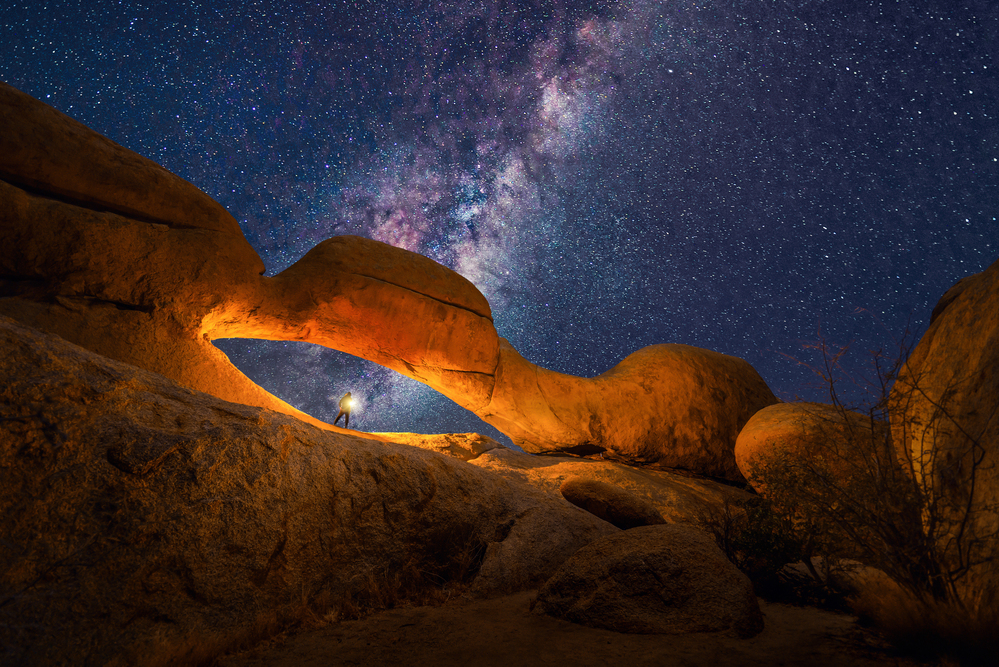
America’s most famous landscape feature actually reveals its most interesting aspects only to those who take time to study its details rather than merely photograph its vastness. Binoculars transform distant geological features into observable formations that illustrate the canyon’s creation through erosion over millions of years.
California condors—North America’s largest birds and conservation success stories—soar on thermals rising from the canyon depths, their nine-foot wingspans and distinctive white underwing patches clearly visible only through magnification. The Colorado River, appearing as a thin blue thread from rim viewpoints, reveals rapids and calm stretches through binoculars.
Monteverde Cloud Forest
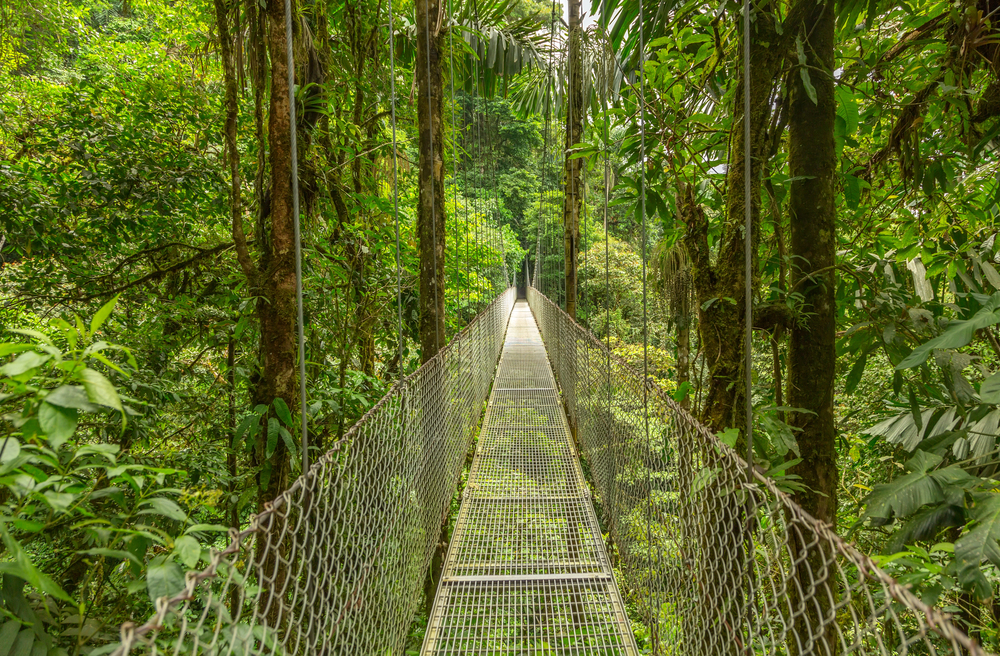
Costa Rica’s misty mountaintop ecosystem harbors extraordinary biodiversity, with binoculars serving as essential tools for appreciating its inhabitants. The forest’s famous resplendent quetzals—birds so vividly colored they seem almost mythical—reveal iridescent green backs and crimson underparts when properly observed through quality optics.
Howler monkeys moving through distant canopy become fascinating studies in arboreal locomotion rather than mysterious rustling sounds. Even the forest’s abundant hummingbirds, which appear as mere blurs to the unaided eye, transform into studies of iridescent detail when observed through binoculars.
Like Travel Pug’s content? Follow us on MSN.
The Li River Karst Landscape

China’s famous limestone formations create a dreamlike landscape that has inspired artists for centuries, with binoculars revealing details absent from even the best traditional paintings. Traditional fishing methods using trained cormorants become observable cultural practices rather than distant curiosities when properly magnified.
The limestone peaks themselves reveal fascinating erosion patterns and unexpected vegetation clinging to seemingly vertical surfaces. Distant riverside villages unavailable to tourists display daily life activities, providing cultural context to the natural landscape.
Dutch Wadden Sea
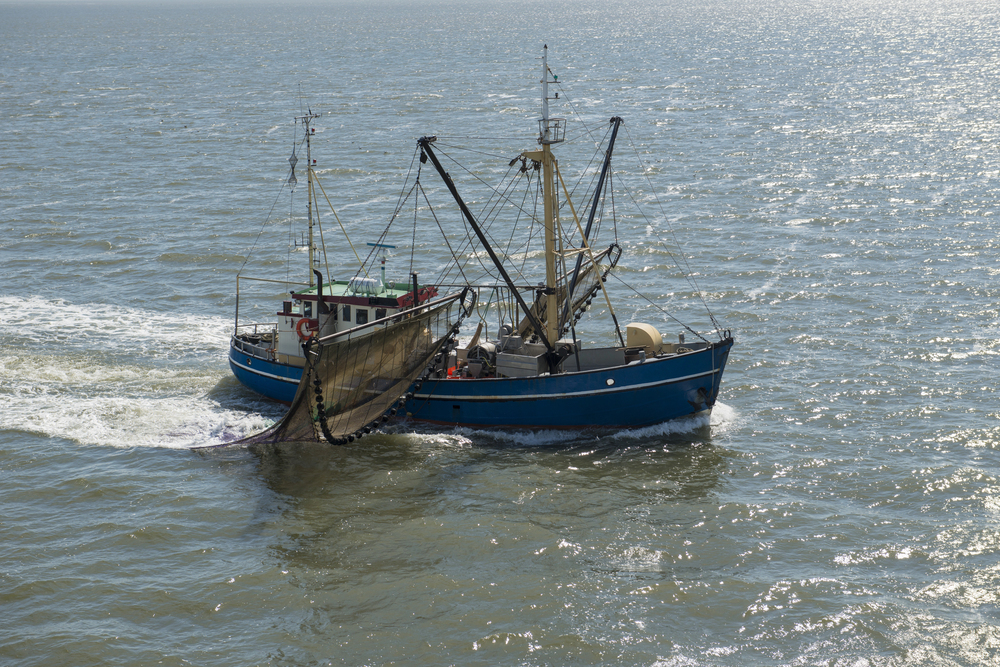
This UNESCO World Heritage site along the Netherlands coast transforms dramatically with tidal cycles, creating rich feeding grounds for millions of migratory birds. At high tide, dense flocks of waders concentrate on remaining patches of land, creating spectacular gatherings best appreciated through binoculars that reveal multiple species within single groups.
Low tide exposes vast mudflats where distant feeding birds reveal specialized techniques for extracting various prey types from the substrate. The sea’s edge becomes a constantly changing boundary visible for miles, with binoculars connecting immediate surroundings to distant perspectives.
Denali National Park
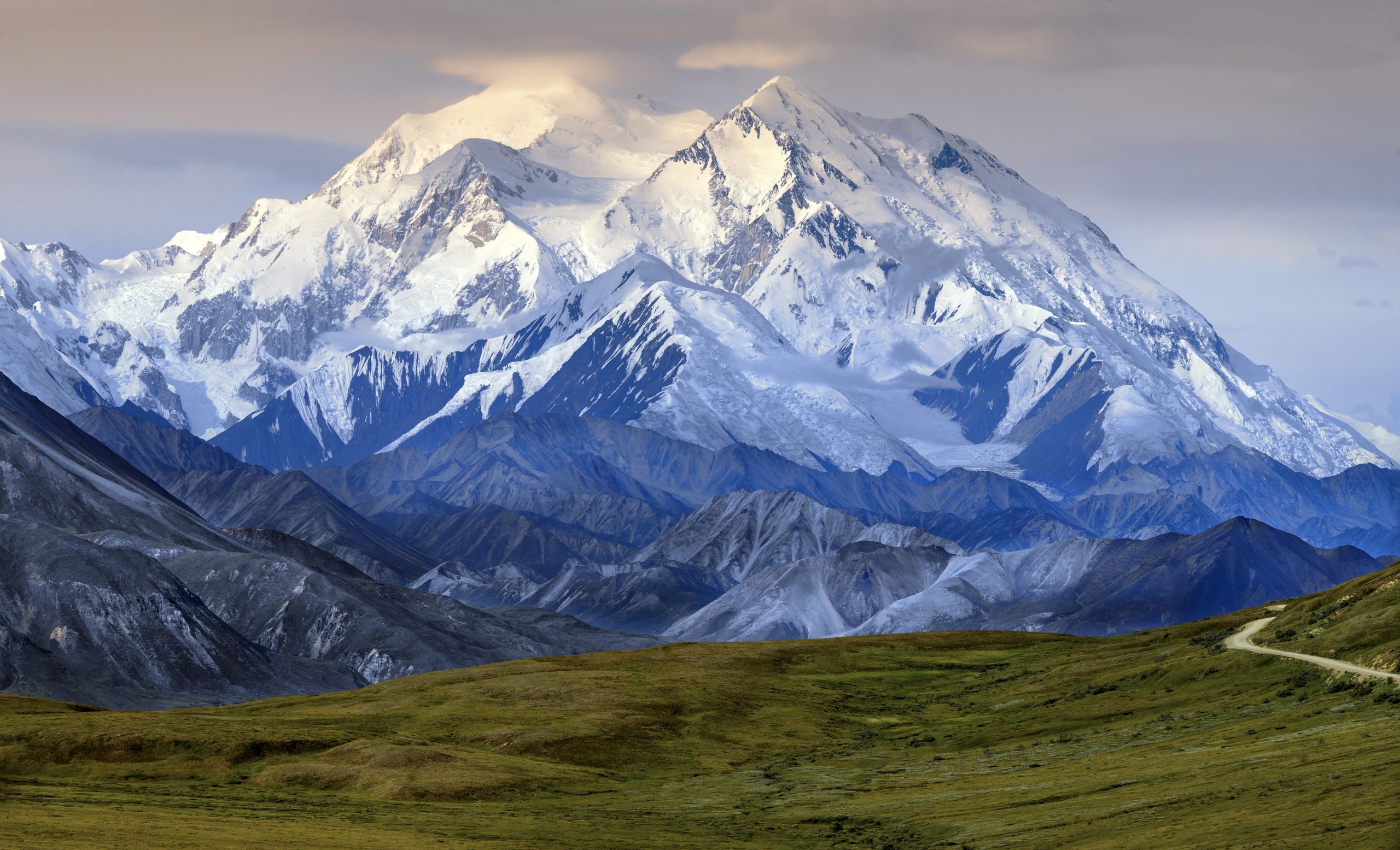
Alaska’s premier wildlife sanctuary centers around North America’s tallest peak, with the mountain itself revealing climbing routes and glacial features through binoculars. Dall sheep appearing as white dots on distant slopes transform into observable individuals exhibiting social behaviors and remarkable climbing abilities when magnified.
Moose feeding in willow thickets and bears digging for ground squirrels create wildlife viewing opportunities even when animals remain at safe distances. The park’s vastness means most wildlife observations occur at considerable range, making quality optics essential equipment rather than optional accessories.
Like Travel Pug’s content? Follow us on MSN.
The Serengeti Plains
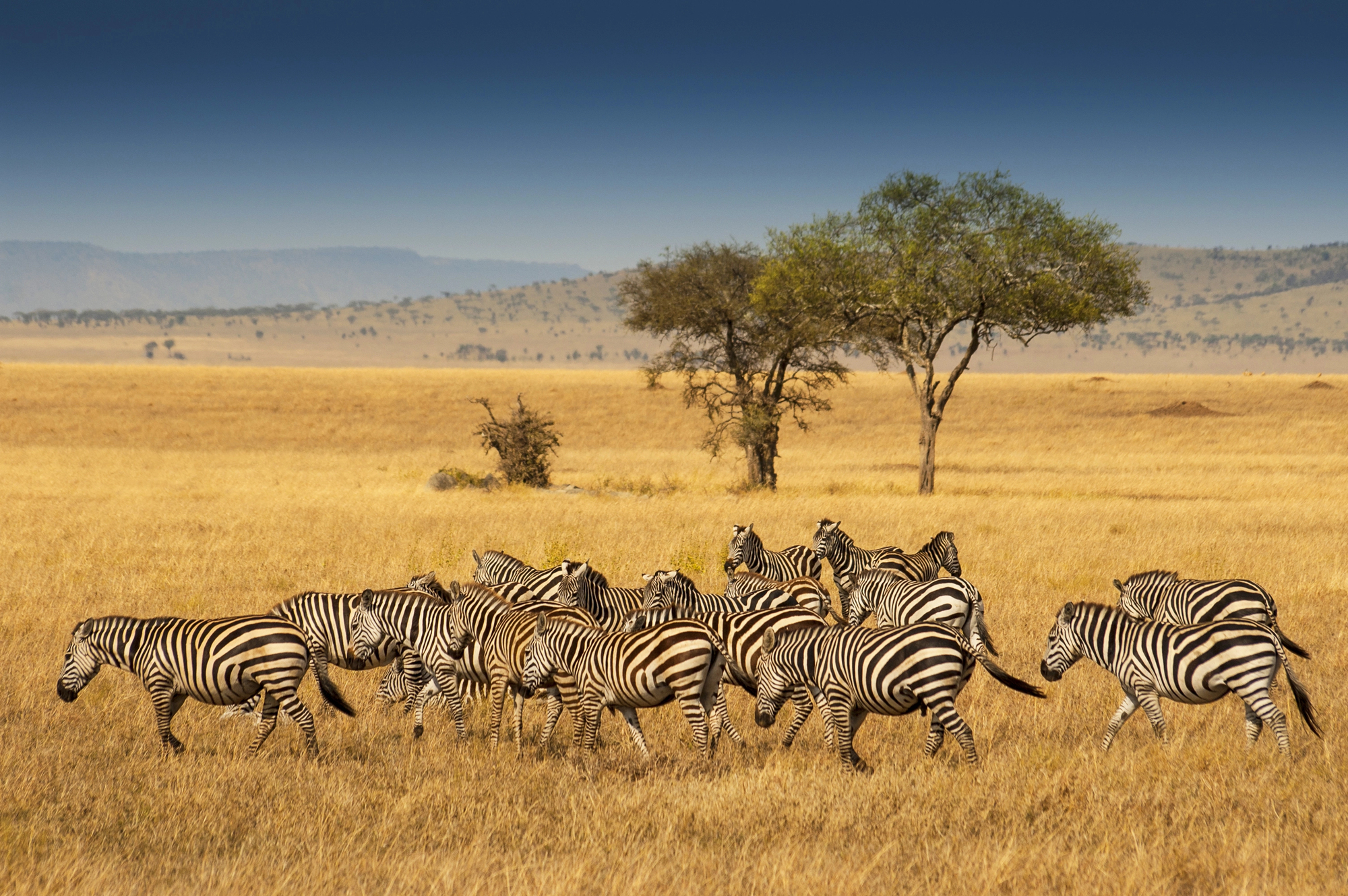
Tanzania’s iconic savanna landscape stretches toward the horizon, creating the impression of limitless space filled with wildlife visible at various distances. Lion prides resting under acacia trees that appear as mere specks to the naked eye become observable family groups with distinct interactions when viewed through binoculars.
Distant dust clouds resolve into specific causes—perhaps buffalo herds moving between grazing areas or zebra migrations following seasonal rains. The plains’ famous kopjes—rock outcroppings rising from flat grasslands—reveal resident wildlife from hyraxes to leopards when properly scrutinized.
The Long View

These binocular-friendly destinations remind us that meaningful travel experiences often depend less on physical proximity than on perceptual depth—the ability to observe details, patterns, and connections invisible to casual glances. They demonstrate that simple tools combined with patient attention can transform even familiar landscapes into new discoveries.
In an era of increasingly mediated experiences, these places celebrate the direct connection between observer and observed, proving that sometimes the most remarkable journeys happen through lenses rather than across distances.
More from Travel Pug

- Cities Growing so Fast You Won’t Recognize Them in 10 Years
- 13 Destinations Where Tourists Regularly Regret Their Trip
- 20 Obscure WWII Sites Even History Buffs Don’t Know About
- 10 Under-the-Radar Mountain Towns That Are Both Affordable and Beautiful
- Remote Villages in Europe Where You Can Live for Free in Exchange for Work
Like Travel Pug’s content? Follow us on MSN.
